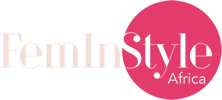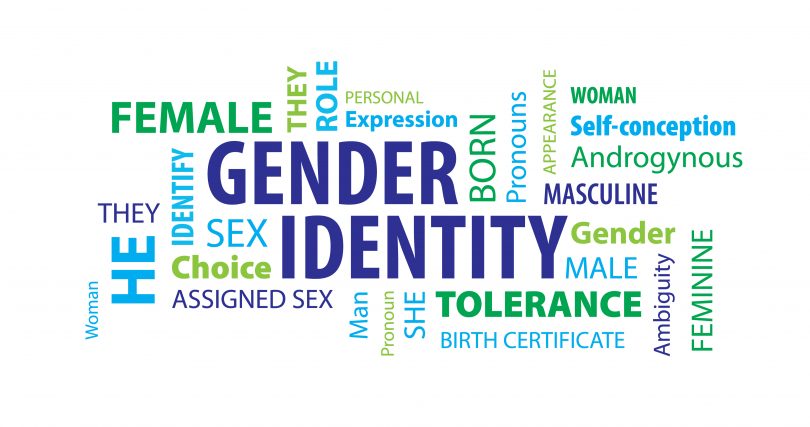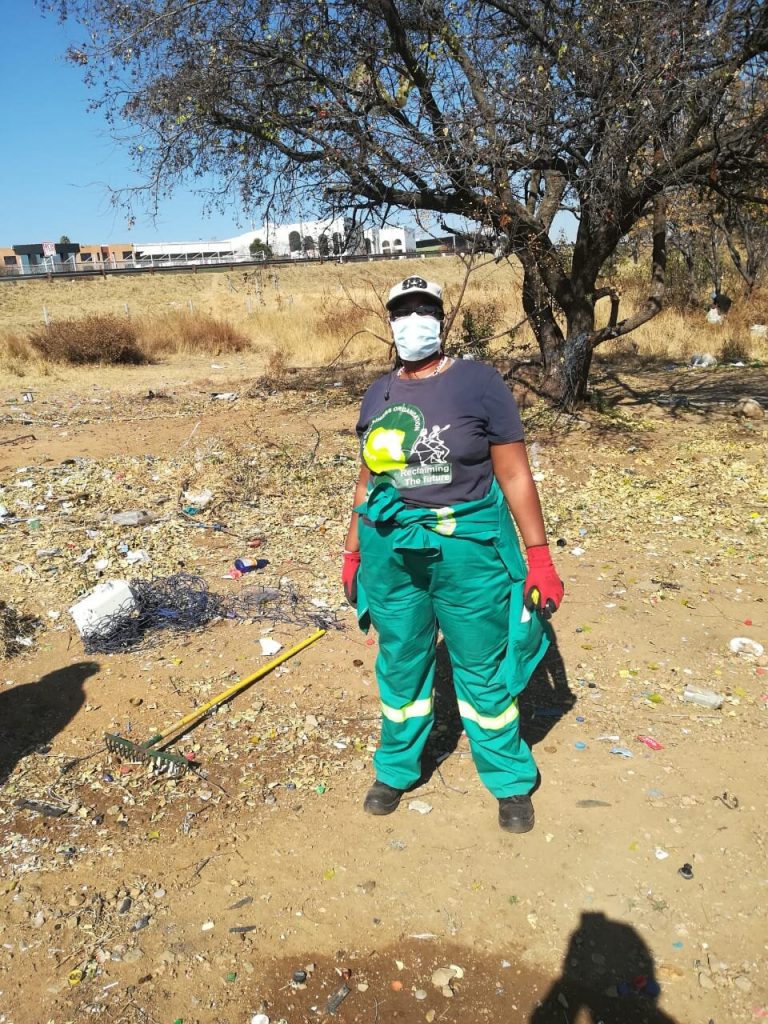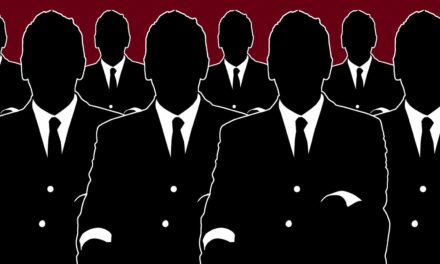A cool, quick glossary on some gender friendly terms you should know
“Hi, my name is Kay Bhengu and my pronouns are she and her” is always met with the same puzzled look on your face as you’re reading this whenever I introduce myself in a room but fear not: it will all make sense.
With times changing and people making conscious efforts to learn more about themselves and others, it’s important to say that with gender and sexuality, we don’t always get it right. This is your pocket guide to 10 common terms we hear in progressive spaces but don’t always understand or know how to use and for which context.
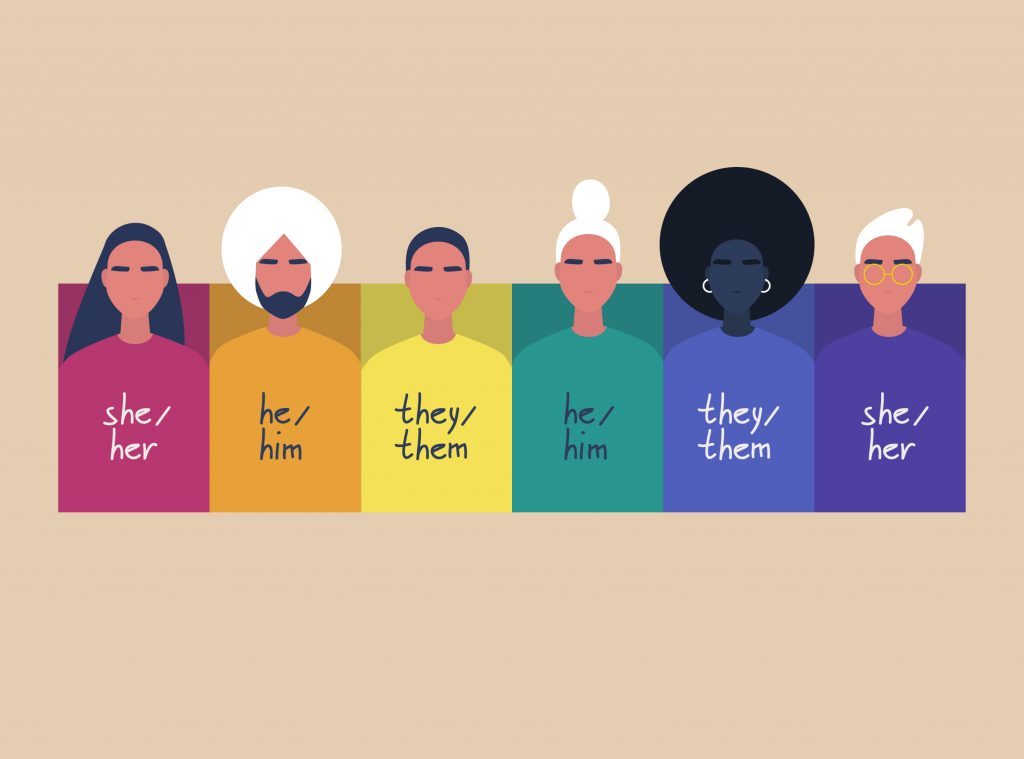
Bear in mind when reading these definitions that they are evolving and changing as we grow in our global strides to become inclusive and intersectional, thank me later:
- Heterosexual, adjective
A heterosexual person refers to someone who is attracted to the opposite sex
An Example: Kay is a woman and is attracted to men
- Cisgender/Cishet, adjective
Refers to someone who identifies as the sex they were born as
An Example: Kay is a Cishet Heterosexual woman, was born a female, identifies with the body at birth and is attracted to men
- LGBTQIA+
- Lesbian, Noun
Refers to a woman who is sexually and/or emotionally attracted to other womxn
- Gay, Noun
Refers to a man who is sexually and/or emotionally attracted to other men
- Bisexual, Noun
Refers to people who are sexually and/or emotionally attracted to both men and women or more than 1 gender
- Transgender, Noun
Describes someone whose gender identity is expressed/lived differently from the sex they were assigned at birth. Someone can be born with sex/physical anatomy they do not identify with, which often results in gender reassignment surgery for those privileged enough to access it.
- Queer, Noun/Questioning, Adjective
Historically used as derogatory term, queer was reclaimed and used as a broad term to describe anyone who isn’t cisgender. It also stands for Questioning, which describes a person who is still learning or questioning their sexual orientation therefore don’t quite know they identify yet.
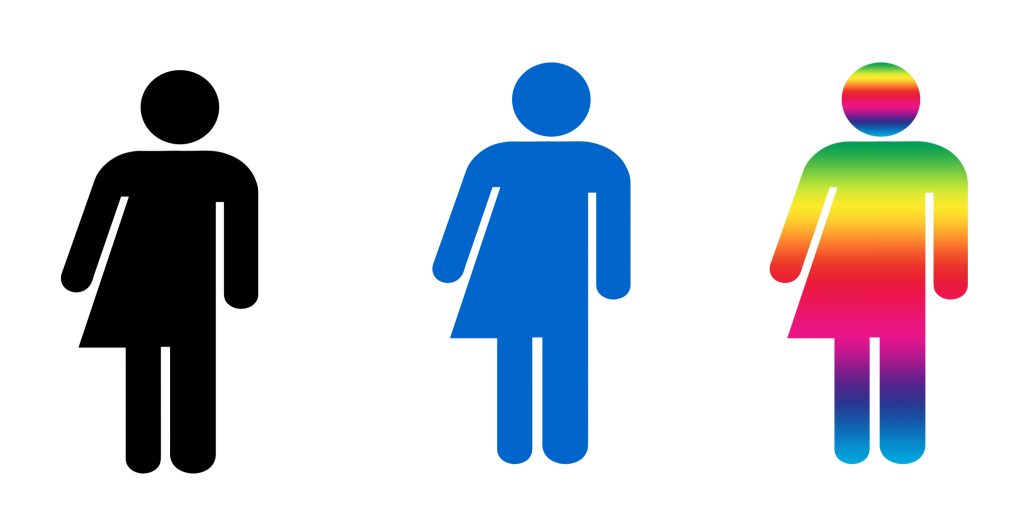
- Intersex, Noun
The general term used to describe someone who is born with a sexual -or reproductive anatomy, in other words they are born with physical sex characteristics that do not match medical and social norms for female or male bodies
- Asexual
Refers to person without sexual feelings or associations, but still experiences attraction that doesn’t realize them as sexually.
- Binary VS Non= Binary
- Binary
the classification or grouping of gender into two distinct and opposite forms of masculine and feminine according to a social system and/or cultural belief
- Non-Binary
Refers to a spectrum of gender identities that are not exclusively masculine or feminine= which are outside of the abovementioned binaries.
- Heteronormativity, Adjective
Relating to or based on the attitude that heterosexuality is the only/preferred and natural expression of sexuality. Heteronormative functions exclude people who do not conform to this accepted expression of sexuality, an example is public toilets being separated into only male or female cubicles- there isn’t accommodation for those who are non-binary.
- Misogyny, Noun
A hatred for womxn manifested in different forms like physical abuse/intimidation, sexual abuse, rape. It rewards women who follow the status quo and punishes womxn who stand up against male dominance. An example is the constant slut-shaming of womxn for what they were wearing in situations when they were raped but a culture, in Eswatini, like the Reed Dance where girls wear traditional clothing and are bare breasted, parading their virginity and celebrated even at institutional levels for it.
- Patriarchy, Noun
A system of government and even social conditioning that places men in positions of power and dominance and actively excludes/ostracizes womxn from it. We see this daily in Africa where there is still an awe about woman-drivers, CEOs, mechanics, pilots, and any other roles previously understood to be reserved for men.
- Intersectionality, Noun
The overlap of social identities such as race, gender, sexuality and class that contribute to a type of systemic oppression and discrimination to an individual/groups of individuals. A recent example of this is the rise of the Black Lives Matter movement which piloted conversations around transphobia, homophobia and Gender Based Violence in black communities. The call that Black Lives Matter now is to include the groups of people oppressed within the black communities and mostly at the hands of black men.
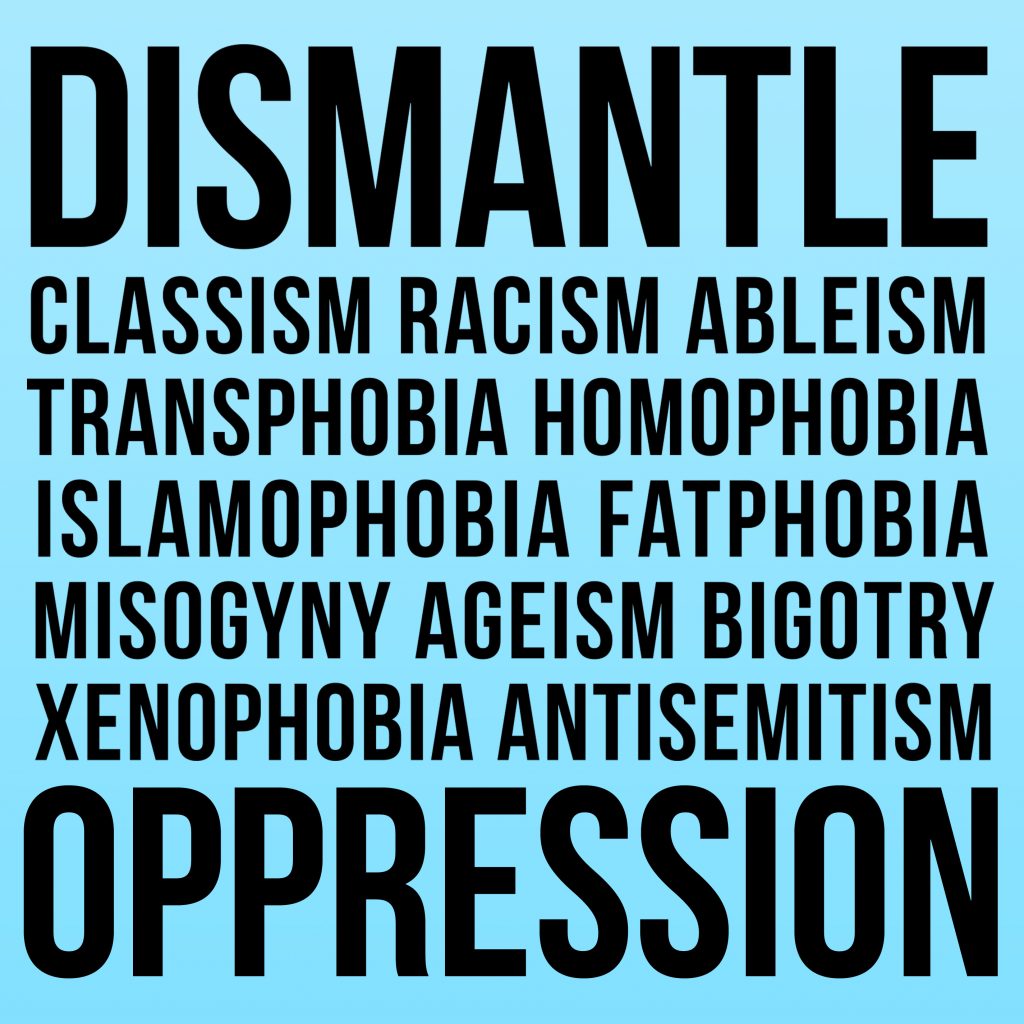
- Homophobia, Noun
A hatred or prejudice against homosexual people. Commentary like “gay men (attractive physically to womxn) are a waste” is an example of how homophobia exists in our day-to-today interactions. When HIV/AIDS was first discovered, many people in America and in Africa believed it was a disease caused by being gay just because the statistics showed that it was “common” in gay people at the time.
- Transphobia, Noun
A hatred or prejudice against transgender people. In a Facebook post I saw this week, a friend of mine detailed how there is a thin line between saying you won’t date a transgender because of your sexual preference or because you are actually transphobic. One person responded with “how am I transphobic because I prefer not to date a dude?”- the mere fact that this response refers to a trans woman as “a dude” is what is transphobic.
We often engage on platforms or in spaces where we have rough ideas of what each of these terms mean which may lead to commentary that is harmful toward people who identify in a manner we don’t identify as and identify in ways we don’t really care to know or be clear on.
The above are just 10 terms, but there is plenty more widespread on the internet and other resources that teach us these terms and how to apply them. Creating safe environments for all people to freely exist starts with trying to educate ourselves, learning new information and unlearning information previously taught that infringes on the next person’s freedom to be exactly who they are.
